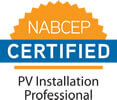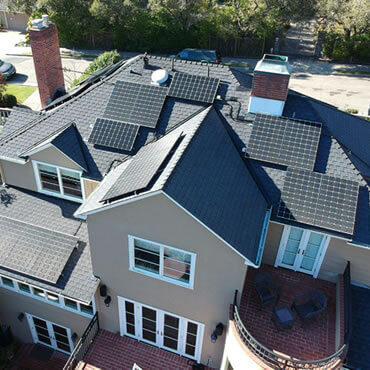Installing a Residential Solar Photo Voltaic (PV) system has always been a great way for consumers to save money on their household electric bills. However, recent changes to state programs mean a different strategy is needed to save money with solar PV.
Installing a solar PV system can still save you money, but there is a smarter way to maximize your savings and we would like to tell you how.
A solar PV system typically provides immediate energy to the electrical devices running at a home, but also produces significantly more electricity than that while it’s in operation.
For more than twelve years, the Net Energy Meter (NEM) program allowed California customers to feed this excess electricity back to the utility and receive credit so the back-fed energy would be available to use later at no extra cost—at night or during cloudy winter days, for example.
Out in the cold
However, the California Public Utility (CPUC) recently discontinued the NEM program for residential solar systems.
Under the new Net Billing Tariff (NBT) program, customers can no longer send energy to the utility and receive it back at the same price. The credits for back-fed energy have been significantly reduced, making it less cost-effective.
The NBT program no longer provides a one-to-one ratio for back-fed energy and the energy credits used later. The credit a customer receives for back-fed electricity has been reduced to less than 10 percent of the price a customer pays for the electricity they receive when the solar PV system is not creating the energy they are consuming.
Back to the battery
Consumers can still save a considerable amount of money with the NBT program, but to be able to do that, they will need to install a battery system in addition to the solar PV system.
Instead of back feeding the excess solar PV production to the utility grid when the system is creating electricity, the battery system installed at the house is charged by the extra electricity production. When the solar PV system is not producing electricity, the batteries release the electricity that the house is using, and the customer does not receive electricity from the utility grid.
Therefore, they are not charged for that electricity. When and if the battery becomes depleted, the household is powered by electricity from the grid and the consumer is charged.
If the battery system is sized properly, that would happen at a minimum, except in the winter months, November through February, when solar PV systems typically do not produce all the electricity a household needs in a 24-hour period. A household would see charges from the utility company during these months.
From March through October, the combination of a solar PV system and battery system installed on a home will provide the majority of the electricity consumed by the household.
The new design strategy, under the NBT program, is to install a system designed to produce 80 percent of a household’s annual usage. This strategy will save the consumer the most money on their electric bill at the lowest system cost and still allow them to receive the financial benefits of a solar PV system.





